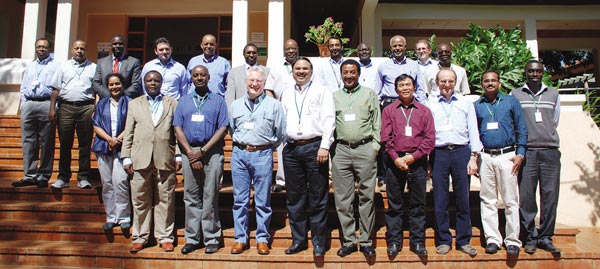Agriculture can help the world meet climate change emission targets

As world leaders meet in Paris this week to agree on greenhouse gas emission targets, we in the field of agricultural research have a powerful contribution to make, by producing both robust estimates of the possible effects of climate change on food security, and realistic assessments of the options available or that could be developed to reduce agriculture’s contribution to greenhouse gas emissions.
Agriculture is estimated to be responsible for about a fifth of global greenhouse gas emissions, and this share is increasing most rapidly in many developing countries; it may even increase as fossil fuels become scarcer and phased out in other sectors.
The solution being put forward today is climate-smart agriculture (CSA), which involves three components: adaptation, mitigation, and increased productivity. Adaptation is essential to cope with the impacts that cannot be avoided and to maintain and increase the global food supply in the face of resource constraints; mitigation can lessen but not prevent future climate changes.
Though CSA has been held up as an answer to the challenges presented by climate change, some would argue that it is no more than a set of agricultural best practices. Indeed, this is what lies at the heart of the approach.
In addition to making agriculture more efficient and resilient, the overall purpose remains to sustainably increase farm productivity and profitability for farmers. This is why over the last few years we have begun talking about the ‘triple win’ of CSA: enhanced food security, adaptation, and mitigation. But those who dismiss CSA as mere best practice ignore the value of seeing through the climate change lens, and guiding research to respond to expected future challenges.
To begin with, crop performance simulation and modeling, in combination with experimentation, has an important role to play in developing CSA strategies for future climates.
In a publication titled “Adapting maize production to climate change in sub-Saharan Africa,” several CIMMYT scientists concluded that temperatures in sub-Saharan Africa will likely rise by 2.1°C by 2050 based on 19 climate change projections. This is anticipated to have an extreme impact for farmers in many environments. Because it takes a long time to develop and then deploy adaptation strategies on a large scale, they warned, there can be no delay in our work.
This explains why CIMMYT is taking the initiative in this area, seeking support to develop advanced international breeding platforms to address the difficulty of developing drought-tolerant wheat, or bringing massive quantities of drought- and heat-tolerant maize to farmers through private sector partners in Africa and Asia.
Our insights into the causes and impacts of climate change lead us to important research questions. For example, how can farmers adopt practices that reduce the greenhouse gas footprint of agriculture while improving yield and resilience?
Colleagues at CIMMYT have challenged the idea that the practice of no-till agriculture (which does not disturb the soil and allows organic matter to accumulate) contributes significantly to carbon sequestration. I think it is important that we, as scientists, explore the truth and be realistic about where opportunities for mitigation in agriculture lie, despite our desire to present major solutions. It is also important to take action where we can have the greatest impact, for example by improving the efficiency of nitrogen fertilizer use.
Nitrous oxide emissions from agriculture have a climate change potential almost 300 times greater than carbon dioxide, and account for about 7% of the total greenhouse gas emissions of China. Improved nutrient management could reduce agricultural greenhouse gas emissions by the equivalent of 325 Mt of carbon dioxide in 2030. Overall, supply-side efficiency measures could reduce total agricultural emissions by 30%.
Some practices, such as laser land leveling, fall into both the adaptation and mitigation categories. Preparing the land in this way increases yields while reducing irrigation costs, the amount of water used, nutrients leached into the environment, and emissions from diesel-powered irrigation pumps.
Findings such as this offer real hope of reducing the severity of climate change in the future, and help us build a case for more investment in critical areas of agricultural research.
For climate-smart agriculture, the challenge of feeding more people and reducing emissions and environmental impact is not a contradiction but a synergy. We are improving our ability to predict the challenges of climate change, and proving that it is possible to greatly reduce agricultural emissions and contribute to global emission goals.
To face challenges such as climate change, we need high quality multi-disciplinary science combined with approaches to address problems at the complex systems level. Since my involvement in early large-scale studies, such as Modeling the Impact of Climate Change on Rice Production in Asia (CABI/IRRI, 1993), I am pleased to see that so much progress has been made in this regard and encouraged that our research is contributing to greater awareness of this vital issue and solutions to address it.
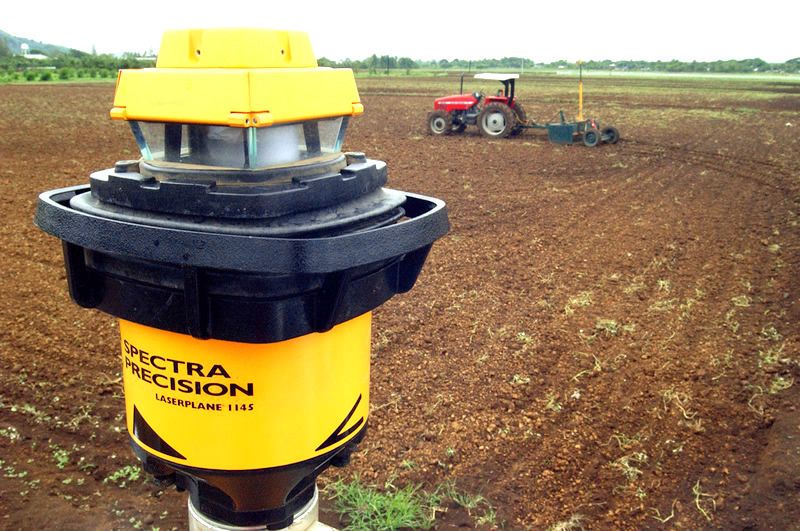
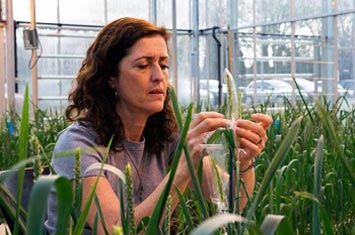 International Women’s Day on March 8, offers an opportunity to recognize the achievements of women worldwide. This year, CIMMYT asked readers to submit stories about women they admire for their selfless dedication to either maize or wheat. In the following story, wheat breeder Jessica Rutkoski writes about her Super Woman of wheat, Julie King, a research fellow at Britain’s
International Women’s Day on March 8, offers an opportunity to recognize the achievements of women worldwide. This year, CIMMYT asked readers to submit stories about women they admire for their selfless dedication to either maize or wheat. In the following story, wheat breeder Jessica Rutkoski writes about her Super Woman of wheat, Julie King, a research fellow at Britain’s 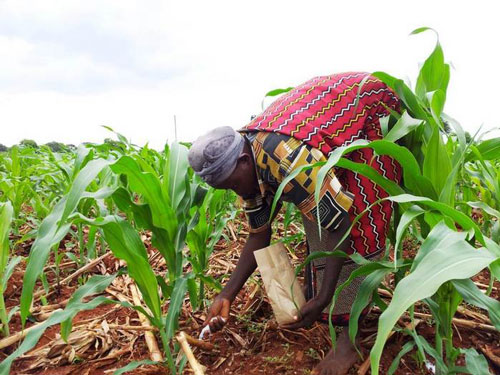

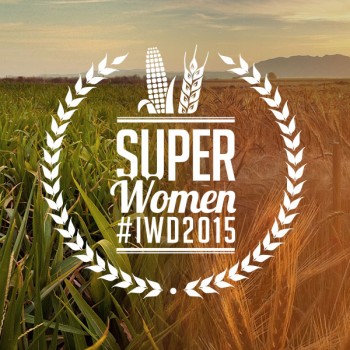 EL BATAN, Mexico (CIMMYT) – A social media crowd sourcing campaign initiated to celebrate the achievements of women has led to more than a dozen published blog story contributions about women in the maize and wheat sectors.
EL BATAN, Mexico (CIMMYT) – A social media crowd sourcing campaign initiated to celebrate the achievements of women has led to more than a dozen published blog story contributions about women in the maize and wheat sectors.

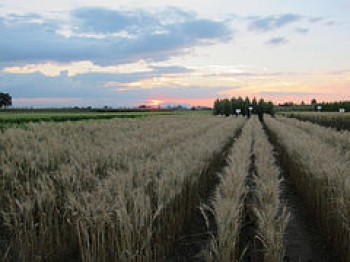 FOR IMMEDIATE RELEASE
FOR IMMEDIATE RELEASE 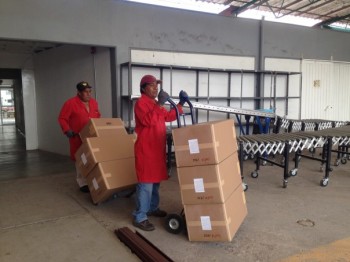
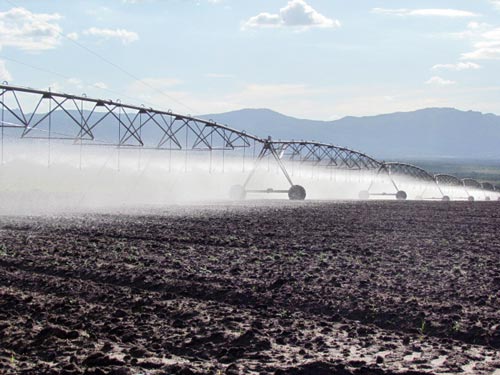
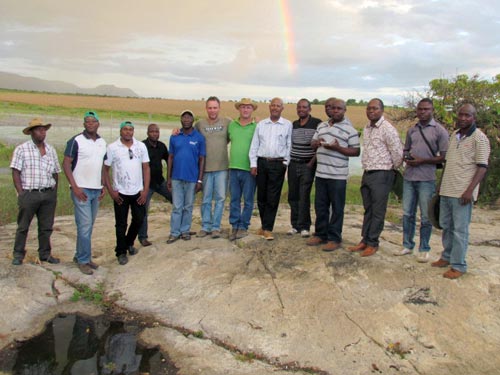
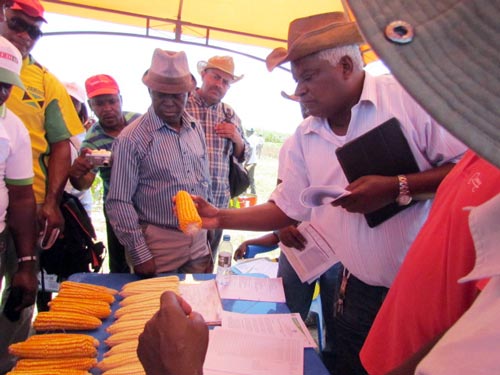
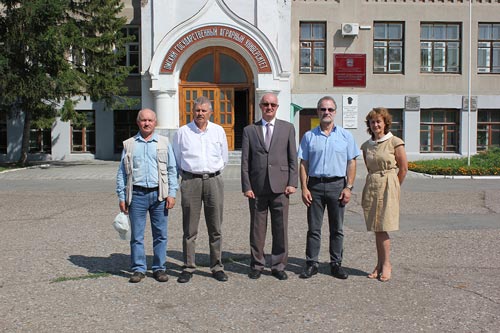
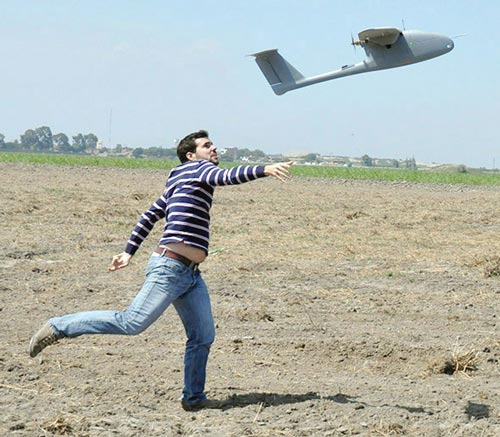 Training on the use of remote sensing from an unmanned aerial vehicle was given at INIAP-Peru’s Vista Florida experiment station on 1-5 June 2013. The course was organized by INIAP, the University of Barcelona, Spain, and CIMMYT’s regional office in Colombia. Remote sensing is used in precision agriculture and for phenotyping crops that are important for the region, such as maize, rice, and sugar cane.
Training on the use of remote sensing from an unmanned aerial vehicle was given at INIAP-Peru’s Vista Florida experiment station on 1-5 June 2013. The course was organized by INIAP, the University of Barcelona, Spain, and CIMMYT’s regional office in Colombia. Remote sensing is used in precision agriculture and for phenotyping crops that are important for the region, such as maize, rice, and sugar cane.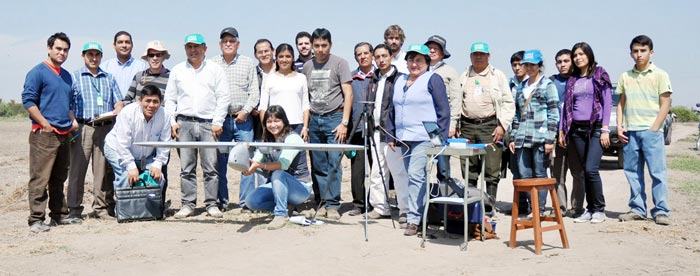
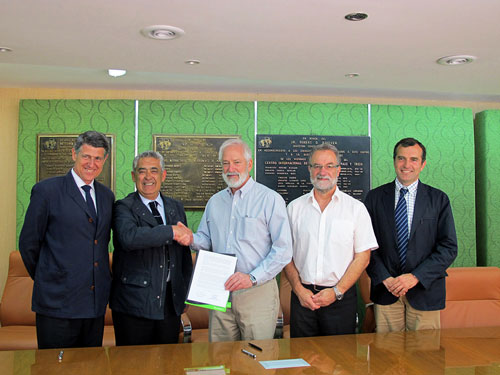 On 12 April 2013, CIMMYT director general Thomas Lumpkin and José Ortega Cabello, chairman of the Campo de Tejada cooperative in Spain, signed a five-year extension of a collaborative agreement between Agrovegetal S.A. and CIMMYT dating back to 1998. The objective of the agreement is to develop improved durum wheat, bread wheat, and triticale varieties.
On 12 April 2013, CIMMYT director general Thomas Lumpkin and José Ortega Cabello, chairman of the Campo de Tejada cooperative in Spain, signed a five-year extension of a collaborative agreement between Agrovegetal S.A. and CIMMYT dating back to 1998. The objective of the agreement is to develop improved durum wheat, bread wheat, and triticale varieties.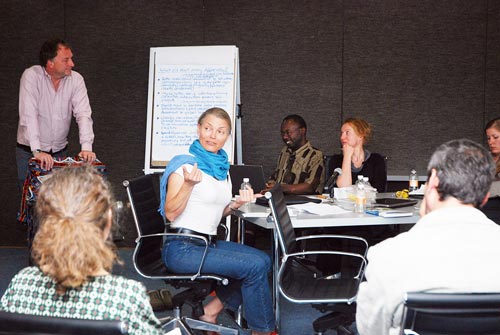 On daily basis, we interact with farmers, extension workers, researchers, seed companies, government officials, and many others. Our work would not be possible without these actors, many of whom focus on bringing new products, new processes, new policies, and new forms of organization into economic use. In their attempts to bring about change in agriculture, these multiple stakeholders are all part of what may be seen as agricultural innovation systems (AIS). However, CIMMYT’s engagement with AIS and its role within innovation platforms was not discussed more closely until recently. To review CIMMYT’s role and current approach to the AIS framework, summarize what has been done, and touch upon future plans,
On daily basis, we interact with farmers, extension workers, researchers, seed companies, government officials, and many others. Our work would not be possible without these actors, many of whom focus on bringing new products, new processes, new policies, and new forms of organization into economic use. In their attempts to bring about change in agriculture, these multiple stakeholders are all part of what may be seen as agricultural innovation systems (AIS). However, CIMMYT’s engagement with AIS and its role within innovation platforms was not discussed more closely until recently. To review CIMMYT’s role and current approach to the AIS framework, summarize what has been done, and touch upon future plans, 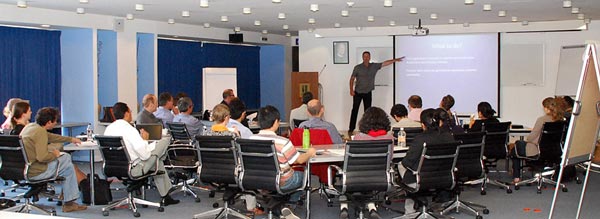
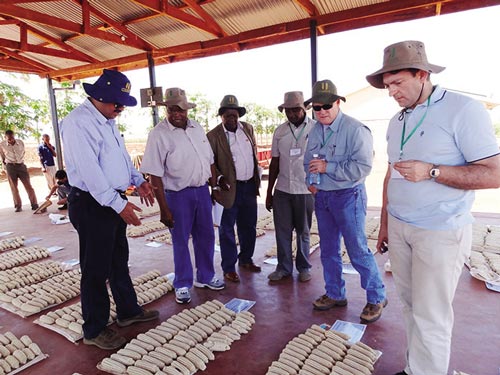 “One of the important ways to increase genetic gains and accelerate the development and deployment of improved varieties is to reduce the time needed for inbred development,” said B.M. Prasanna, CIMMYT’s Global Maize Program director. “The technology would also allow breeders to couple molecular marker-based selection for important traits such as disease resistance and quality at an early generation.” A project planning and review meeting held in Nairobi during 18-19 February 2013 was attended by representatives from national agriculture research systems, Kenya Seed Company, Seed Trade Association of Kenya, University of Hohenheim, the International Institute of Tropical Agriculture (
“One of the important ways to increase genetic gains and accelerate the development and deployment of improved varieties is to reduce the time needed for inbred development,” said B.M. Prasanna, CIMMYT’s Global Maize Program director. “The technology would also allow breeders to couple molecular marker-based selection for important traits such as disease resistance and quality at an early generation.” A project planning and review meeting held in Nairobi during 18-19 February 2013 was attended by representatives from national agriculture research systems, Kenya Seed Company, Seed Trade Association of Kenya, University of Hohenheim, the International Institute of Tropical Agriculture (